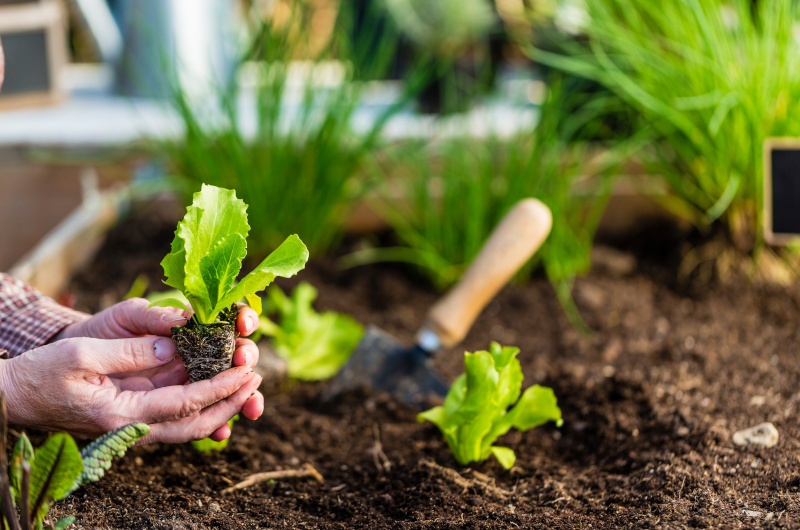How To Grow Lettuce
Lettuce is a popular and versatile leafy vegetable that can be grown easily in the comfort of your own garden. Not only is it nutritious and low in calories, but it also adds a refreshing crunch to salads, sandwiches, and wraps. If you’re interested in cultivating your own lettuce, this article will guide you through the process, from selecting the right varieties to harvesting your homegrown greens. Read on to discover how to grow lettuce successfully and enjoy a bountiful harvest.
Choosing the Right Variety:
Before starting your lettuce-growing journey, it’s essential to choose the right variety based on your preferences and growing conditions. There are numerous lettuce types, including crisphead, butterhead, romaine, and loose-leaf lettuce. Consider factors such as taste, texture, color, and resistance to pests and diseases when making your selection.
Preparing the Soil:
Lettuce thrives in well-draining, fertile soil. Begin by removing any weeds or debris from the area where you plan to plant your lettuce. Loosen the soil with a garden fork or tiller, breaking up any clumps. Incorporate organic matter such as compost or well-rotted manure to improve soil fertility and moisture retention.
Planting Lettuce Seeds:
Lettuce can be grown from seeds or seedlings, but starting from seeds allows for a wider selection of varieties. Sow the seeds directly into the prepared soil, following the instructions on the seed packet for the recommended depth and spacing. Typically, lettuce seeds are planted at a shallow depth of about ¼ to ½ inch (6-12 mm). Space the seeds according to the variety, leaving enough room for the plants to grow and mature.
Providing Optimal Growing Conditions:
Lettuce prefers cool temperatures and thrives in partial shade, especially during hot summer months. Ensure your lettuce plants receive at least six hours of sunlight daily. Additionally, water the plants regularly, keeping the soil consistently moist but not waterlogged. Mulching around the plants can help retain moisture and control weed growth.
Thinning and Transplanting:
Once the lettuce seedlings have sprouted, thin them out to ensure proper spacing for healthy growth. If you started with seedlings instead of seeds, transplant them into the prepared soil, taking care not to disturb the delicate roots. Allow adequate space between each plant to avoid overcrowding and promote air circulation.
Watering and Fertilizing:
Regular watering is crucial for lettuce, as it helps prevent bitterness and bolting (premature flowering). Aim for a consistent moisture level in the soil, avoiding both underwatering and overwatering. Applying a balanced organic fertilizer according to the package instructions can provide additional nutrients to support healthy growth.
Pests and Disease Control:
Lettuce can be susceptible to pests like slugs, snails, aphids, and caterpillars. Monitor your plants regularly for signs of damage and take appropriate measures such as using organic insecticides or employing companion planting techniques to deter pests. Proper spacing, good airflow, and avoiding overhead watering can also help prevent diseases like powdery mildew and fungal infections.
Harvesting Lettuce:
Lettuce leaves can be harvested when they reach a suitable size for your preference. You can either harvest the outer leaves while allowing the inner ones to continue growing (known as “leaf by leaf” harvest), or you can cut the entire head off at the base. Harvest in the morning for the freshest taste, and be sure to consume or store the lettuce promptly to maintain its crispness and nutritional value.
Growing lettuce at home can be a rewarding experience, providing you with fresh and flavourful greens right from your garden. By selecting the right varieties, preparing the soil adequately, and providing optimal growing conditions, you can enjoy a continuous supply of lettuce throughout the growing season. Remember to practice good pest and disease management, and harvest your lettuce at the right time to savor the best flavors. Start your lettuce-growing adventure and elevate your salads with the satisfaction of homegrown produce.



